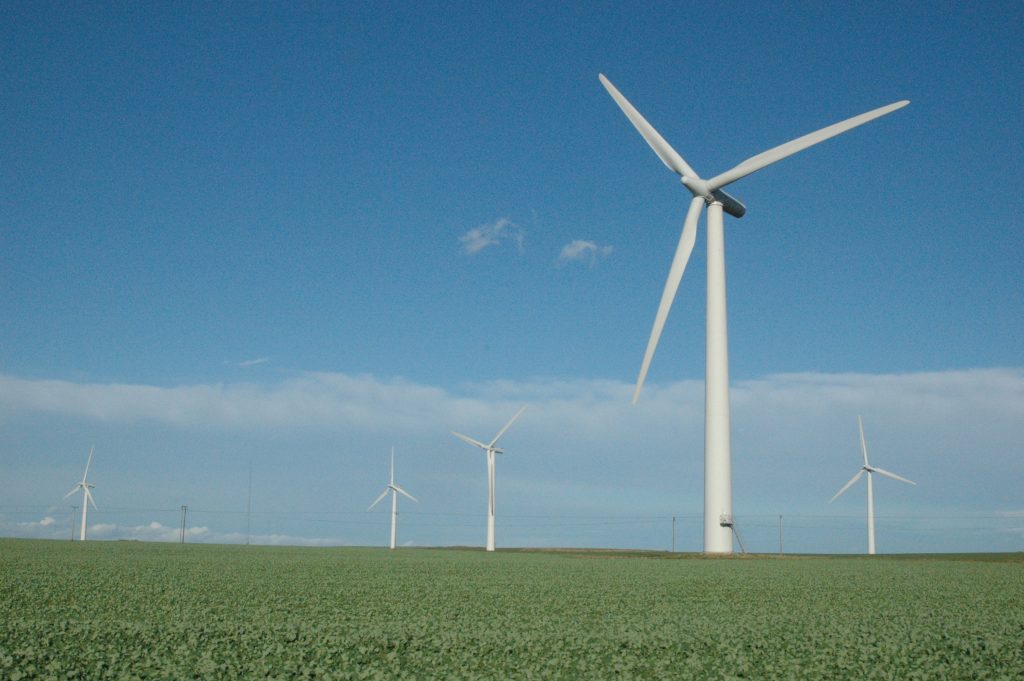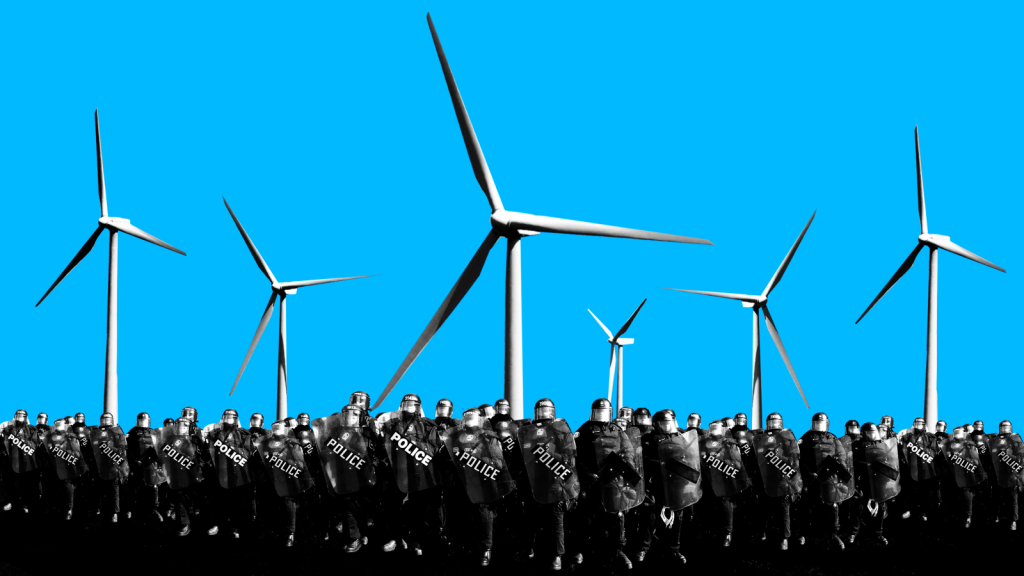
From 2015 to last year, there was a defacto ban on onshore wind. This was because of a change by David Cameroon, who changed planning rules, so it took just one objection to block a wind project. This was a stupid idea, and indeed was only put in place as a result of NIMBY (not in my back yard) concerns from wealthy donors and conservative MPs.
Why should we care, if these wealthy people blocked onshore wind for all that time? Well it is estimated that the lack of extra onshore wind capacity is costing around £510 million to the UK public, because it is easily the cheapest electricity. To put that in perspective that is £182 per household (this is from july 2022-june 2023).
We need to reverse this foolish decision now. We need every wind turbine we can get, in the effort to reach carbon neutral power generation in the UK as soon as possible.
Continue reading “Onshore wind is the cheapest renewable resource, so why is it not being built”

